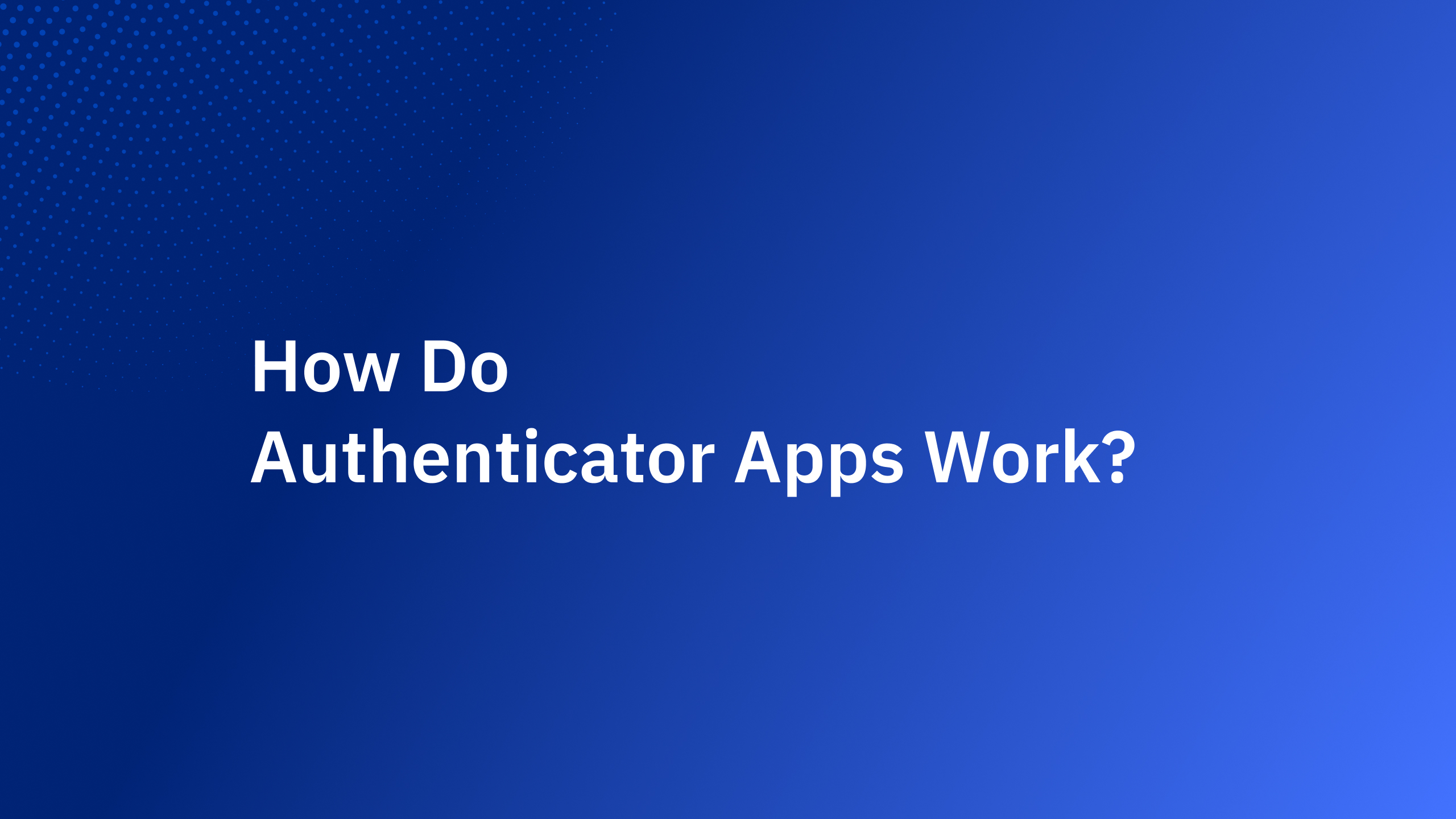The rise of microservices, cloud integrations, and webhook-based communication has made API security more critical than ever.
While new authentication standards like OAuth 2.1 and JWT dominate headlines, HMAC (Hash-based Message Authentication Code) remains the most practical, efficient, and reliable way to verify message integrity between trusted systems.
In 2025, when APIs drive nearly every digital interaction, HMAC signing continues to be the quiet backbone of secure data exchange. Here’s why.
What Is HMAC and Why Does It Matter?
HMAC is a cryptographic method that uses a secret key and a hashing algorithm (like SHA256) to verify that:
- The message hasn’t been changed in transit.
- The message came from a trusted sender that knows the shared secret.
Every message produces a signature — a unique hash that depends on both the content and the secret key.
If a single character changes in the message or key, the signature becomes invalid. That’s what makes HMAC such a powerful integrity check.
In short:HMAC = Hash(Key + Message)
Why HMAC Is Still Trusted in 2025
1. Proven Simplicity and Strength
HMAC has been in use for over two decades and is mathematically simple yet extremely secure.
Unlike newer standards that require complex token management, HMAC works without additional infrastructure — just a secret key and a hash function.
2. Lightweight and Fast
No public/private key exchanges. No token verification servers.
HMAC uses symmetric cryptography, which means it can run millions of verifications per second, making it ideal for performance-critical APIs and IoT systems.
3. Immune to Payload Tampering
Because the hash is generated from the exact message payload, any change — even a single byte — invalidates the signature.
This prevents attackers from manipulating requests or responses in transit.
4. Works Offline and Across Systems
Unlike OAuth or JWT, HMAC doesn’t depend on real-time token validation.
It’s perfect for internal APIs, IoT devices, edge networks, and webhooks, where external calls to identity servers may not be possible.
5. Easy to Implement in Any Language
From Python to Go to Node.js, virtually every modern language includes built-in libraries for HMAC.
You can set up secure message signing in minutes — or use tools like Authgear’s HMAC Signature Generator & Verifier to test your signatures instantly.
How HMAC Secures API Requests
When an API client sends data to a server, both sides share a secret key.
The client signs each request using HMAC, and the server verifies it before accepting the message.
Example Workflow:
- The client concatenates the message (e.g., request body + timestamp).
- It computes an HMAC-SHA256 signature with the secret key.
- The client sends both the message and signature in the API request.
- The server recalculates the HMAC using the same key and compares results.
- If they match → the request is authentic. If not → it’s rejected.
Typical header:
X-Signature: f4b0d...a8e9f
X-Timestamp: 1696568471
This ensures that no one can modify or replay old requests without being detected.
Common HMAC Use Cases in 2025
Example: Signing and Verifying an API Request (Node.js)
const crypto = require('crypto');
const message = '{"order_id":12345}';
const secret = 'mysecretkey';
// Generate signature
const signature = crypto.createHmac('sha256', secret)
.update(message)
.digest('hex');
// Verification example
const receivedSignature = 'your_received_signature_here';
const isValid = crypto.timingSafeEqual(
Buffer.from(signature),
Buffer.from(receivedSignature)
);
console.log('Signature valid?', isValid);
Try this instantly using the HMAC Signature Generator & Verifier to confirm that your message produces the expected hash.
Why Developers Still Choose HMAC
- Low friction: Simple setup and maintenance
- Predictable: No token expiration or refresh logic
- Cross-language: Works everywhere — from Node.js APIs to embedded devices
- Battle-tested: Used by major platforms like AWS, GitHub, Slack, and Authgear
In 2025, HMAC remains the go-to for developers who value security without complexity.
Best Practices for Using HMAC in APIs
- Always use SHA256 or stronger.
Avoid SHA1; it’s no longer considered secure. - Include a timestamp in signed messages.
This prevents replay attacks — attackers can’t reuse old requests. - Use constant-time comparison.
In Node.js, usecrypto.timingSafeEqual; in Python, usehmac.compare_digest. - Rotate secrets periodically.
Treat your shared secret like an API key and rotate it regularly. - Never send the secret key in API responses or logs.
Frequently Asked Questions
Is HMAC still secure in 2025?
Yes. When used with modern hash functions like SHA256 or SHA512, HMAC remains unbroken and cryptographically strong.
Why not use JWT or OAuth instead?
JWTs are great for user authentication, while OAuth manages delegated access. HMAC is better for validating the authenticity of messages between trusted systems.
Can HMAC prevent replay attacks?
Yes, when paired with timestamps or unique nonces to ensure that old messages can’t be reused.
Is HMAC suitable for mobile apps or IoT?
Absolutely. HMAC’s lightweight design and low CPU overhead make it perfect for constrained environments like IoT devices and mobile SDKs.








